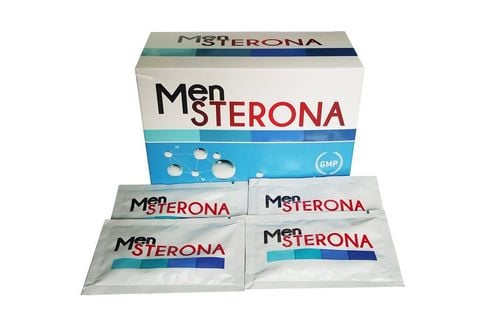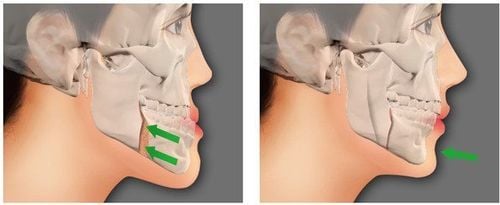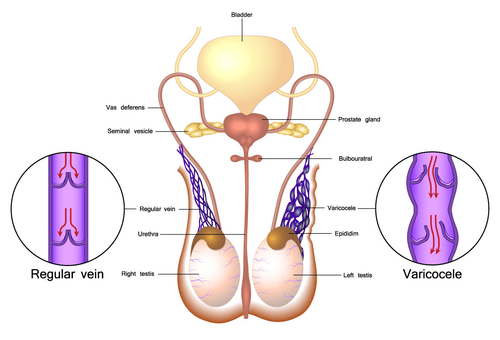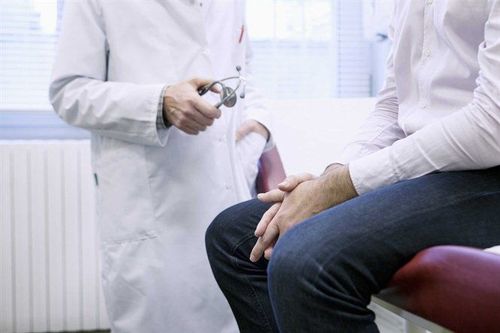This is an automatically translated article.
The article is professionally consulted by MSc, BS. Dang Manh Cuong - Radiologist - Radiology Department - Vinmec Central Park International General Hospital. The doctor has over 18 years of experience in the field of ultrasound - diagnostic imaging.Scrotal ultrasound is the first indicated method to determine the extent of spermatic cord dilation. In addition, abdominal ultrasound and CT scan are used in combination to diagnose the cause of the disease, whether or not the tumor is compressing the spermatic cord.
1. What is varicocele?
Varicocele is a dilated testicular vein and plexus (normal size is 2mm or less).In the early stages, the disease has no special symptoms, usually discovered after infertility examination. At the late stage of the disease, there is testicular pain, palpable varicose veins in the scrotum, one testicle is larger than the other.
Varicocele occurs mainly in adolescence (8 - 19%) and adulthood (average 15%) and becomes one of the main causes of male infertility.
2. Causes of Varicose Veins
The varicocele is supplied with blood by the epididymis. The venous plexus is formed by the fusion of individual veins, twisted and twisted in the spermatic cord. These veins ascend gradually and gather into large branches, the left empties into the renal vein and the right empties into the vena cava. The veins in the testicle contain valves that prevent blood from flowing back into the testicles.Some men do not have a valve or incompetent valve system, causing blood to back up from the renal vein into the plexus of the vas deferens, dilating the varicocele. This changes the growing environment of the sperm. As a result, it causes infertility in men with the rate of 30% of people suffering from the disease.

3. Ultrasound of varicose veins
Scrotal ultrasound, specifically color Doppler ultrasound, is the first method indicated in the diagnosis of varicocele.The disease is diagnosed when there is a vein > 2.5 mm in diameter and is often combined with the Valsalva maneuver to evaluate discreet cases.
4. Abdominal ultrasound and abdominal CT scan in the diagnosis of varicocele
Abdominal ultrasound and abdominal CT are useful in the differential diagnosis of primary and secondary varicocele. The aim is to find secondary causes of varicocele, which are primarily retroperitoneal or pelvic tumors.5. Treatment of varicocele
Varicose veins are only effectively treated with surgical intervention with the aim of increasing sperm count and quality, and increasing the rate of successful conception for couples. The surgical intervention is usually indicated in the following cases:Varicose veins with symptoms of prolonged pain in the groin and scrotum, affecting daily activities and working capacity. Varicose veins with testicular atrophy Testicular varices in infertile couples Testicular varices with abnormal semen analysis.

Please dial HOTLINE for more information or register for an appointment HERE. Download MyVinmec app to make appointments faster and to manage your bookings easily.
SEE MOREAbdominal CT scan: What you need to know Are varicoceles required to be treated? When does varicocele occur?














